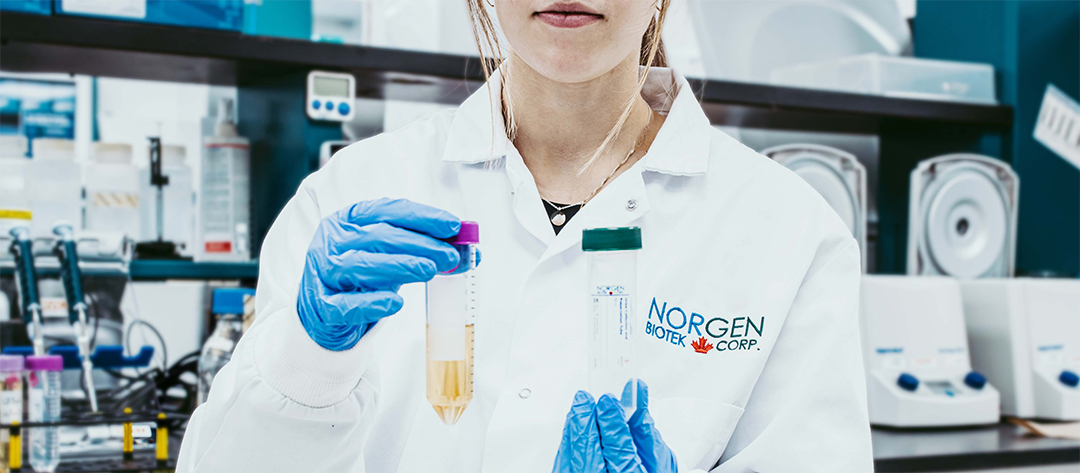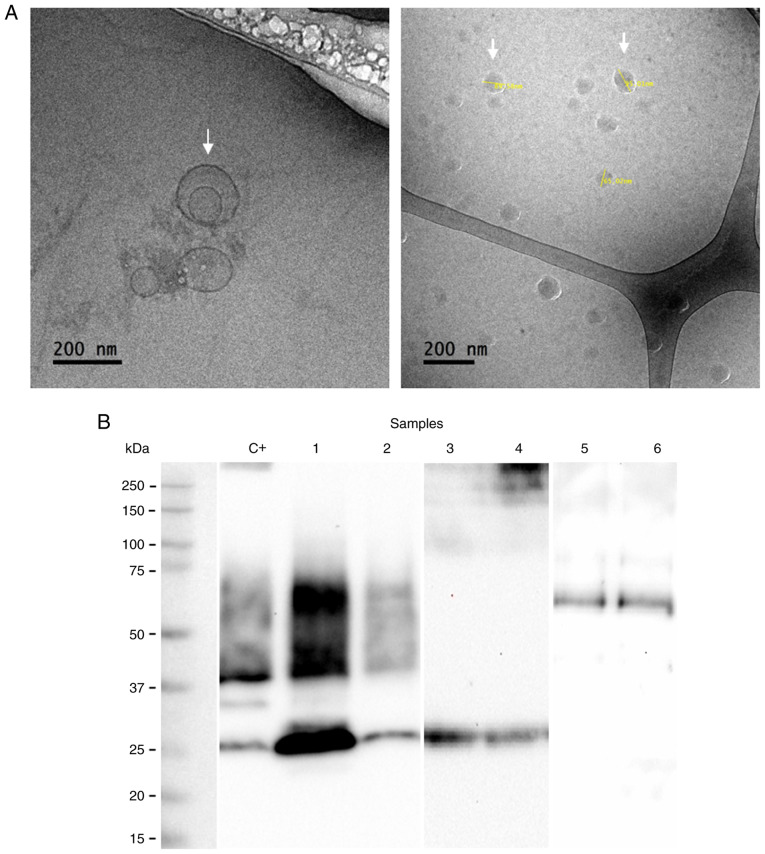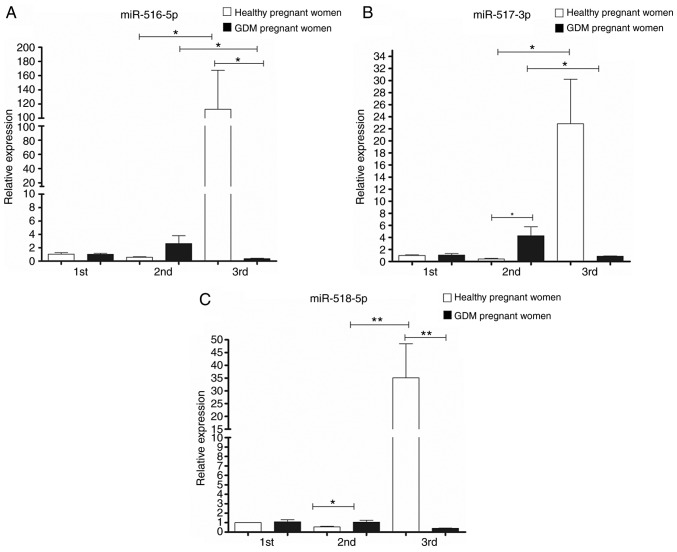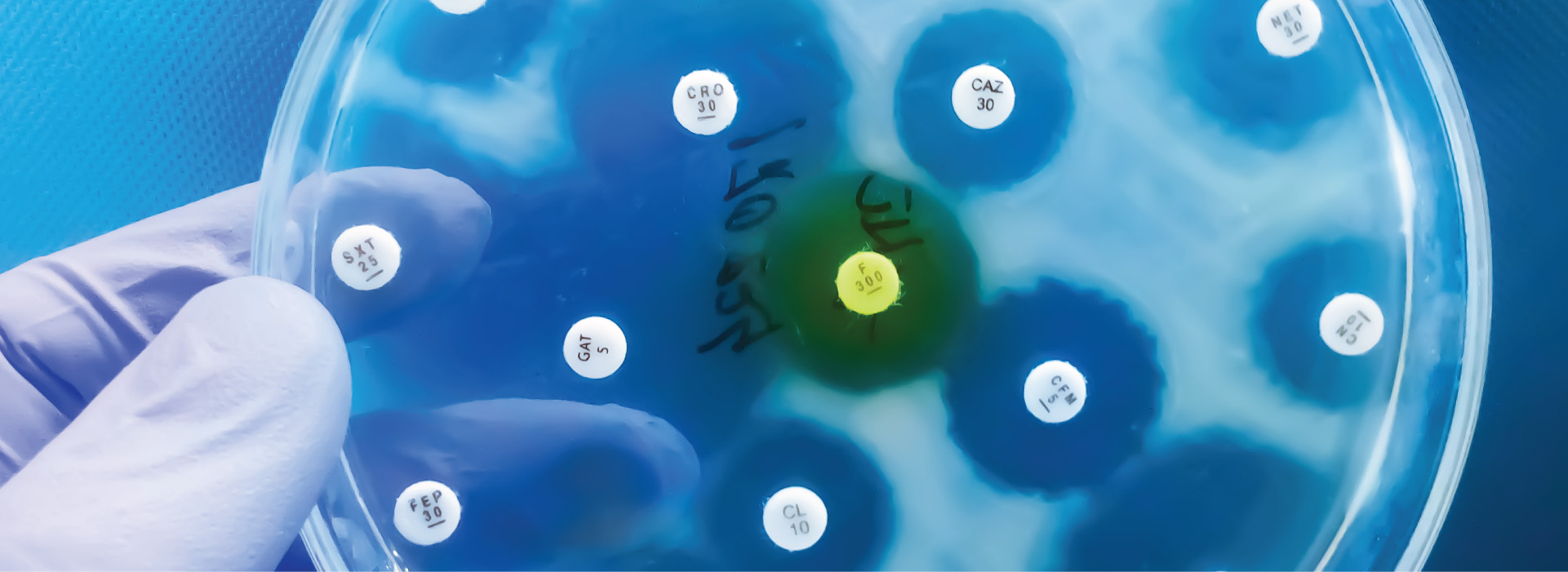
Placental Exosomes Discovered in Urine
Exosomes have become a hot topic lately in the field of molecular medicine. In 2020, a group of scientists from Mexico became the first to discover placental exosomes in the urine of patients with gestational diabetes.1 Described as being 30-140 nm in size, spheroid in shape and found to be secreted by most cell types, exosomes are composed of proteins, nucleic acids, lipids and metabolites. They can be found in plasma, serum, saliva, urine and amniotic fluid samples, just to name a few.
The most fascinating aspect of exosomes, however, is the growing literature that describes their role in cell to cell communication and pro and anti-inflammatory signal production.2 The use of urine as a liquid biopsy for the detection of abnormalities and disease progression is being increasingly used. Because it is easily available and non-invasive to acquire, urine is being used more frequently as a sample type for biomarker discoveries and differential profiling of miRNA signatures unique to the specific disease.
Although placenta-derived exosomes have been isolated and characterized from serum, plasma and tissues from patients with gestational diabetes mellitus (GDM), there has not been any known isolation from urine.
Gestational Diabetes
Gestational diabetes is when women develop diabetes during their pregnancy. The CDC reports that studies conducted between 2000 and 2010 showed a 56% increase in the percentage of pregnant women with gestational diabetes (GD).3 This can lead to preterm birth, macrosomia (large babies) and future diagnoses of type 1 or type 2 diabetes for the child.3 In 2018, a group of researchers from the University of Alberta found that large babies born to mothers with GD face nearly triple the risk of childhood obesity.4
Currently the Oral Glucose Tolerance Test is considered to be the gold standard for characterizing GDM, however, doctors say it provides women with a late diagnosis during pregnancy.1 Interestingly, it is reported that a variety of components secreted by the placenta are directly involved in cellular communication between the mother and fetus. Since the human placenta expresses more than 500 microRNAs, the development of biomarker screening strategies in urine becomes an excellent way to identify the presence of pathological conditions induced during pregnancy.
Urinary Exosome Isolation from Pregnant Women with GD
Given that exosomal RNA can be found in urine and that placenta-derived exosomes are known to be released in the systemic circulation during pregnancy, the first step the researchers took was to characterize and isolate exosomes in the urine of pregnant women diagnosed with gestational diabetes. The group first isolated and purified exosomes from urine using Norgen’s Urine Exosome Purification and RNA isolation kit (#58700). A novel method of sensitive exosome purification is made possible using silicon carbide columns and a purification method based on the isoelectric point of proteins present on the surface of the exosomes.
NORBLOG
Want to hear more from Norgen?
Join over 10,000 scientists, bioinformaticians, and researchers who receive our exclusive deals, industry updates, and more, directly to their inbox.
For a limited time, subscribe and SAVE 10% on your next purchase!
SIGN UP
Once purified, the intact exosomes were characterized using cryogenic transmission electron microscopy to assess the morphology and size (Figure 1A). After this, western blot analysis was used to identify exosomal surface protein markers, confirmed to be CD9, CD63 and CD81 (Figure 1B).1 To confirm that exosomes originated from the placenta, the team evaluated for the presence of placental alkaline phosphatase (PLAP), a heat-stable enzyme expressed primarily in the placenta.5

Figure 1B. Identification of exosomal surface proteins (CD9, CD63 and CD81) using western blot analysis.
Van Oostdem et al. chose to evaluate the expression of 5 miRNAs in placental exosomes purified from urine in the 1st, 2nd and 3rd trimester of pregnancy with GDM and healthy controls. They note that these miRNAs belong to the chromosome 19 miRNA cluster (C19MC) that is found to be downregulated in pregnant women with preeclampsia, gestational hypertension and fetal growth restriction.1
Once placental exosomes were identified and confirmed, exosomal RNA was extracted using the Urine Exosome Purification and RNA Isolation Kit (#58700). Differential expression analysis of the 5 miRNAs by RT-qPCR revealed that, compared to the healthy control group, all miRNAs were downregulated in the 3rd trimester of pregnant women with GDM (Figure 2).

The key discovery presented by Van Oostdam et al. is that there are clear differences in placental urinary exosome expression levels between healthy pregnant women and those with gestational diabetes across pregnancy, specifically in the 3rd trimester. The team ran bioinformatics analyses on the 5 miRNAs to test the relationship among cell signaling pathways associated with GDM and found these to be statistically significant.1
Although the sample size for this initial study is small, this paper provides evidence that placenta urinary exosomes are capable of providing a promising diagnostic value as an early predictor of gestational diabetes.
-
Herrera-Van Oostdam, A. S., Toro-Ortíz, J. C., López, J. A., Noyola, D. E., García-López, D. A., Durán-Figueroa, N. V., Martínez-Martínez, E., Portales-Pérez, D. P., Salgado-Bustamante, M., & López-Hernández, Y. (2020). Placental exosomes isolated from urine of patients with gestational diabetes exhibit a differential profile expression of micrornas across gestation. International journal of molecular medicine. Retrieved November 24, 2021. https://www.ncbi.nlm.nih.gov/pmc/articles/PMC7307810/.
-
Awadasseid, A., Wu, Y., & Zhang, W. (2021). Extracellular vesicles (exosomes) as immunosuppressive mediating variables in tumor and chronic inflammatory microenvironments. Cells, 10(10), 2533. https://doi.org/10.3390/cells10102533.
-
Centers for Disease Control and Prevention. (2018, June 12). Diabetes during pregnancy. Centers for Disease Control and Prevention. Retrieved November 24, 2021. https://www.cdc.gov/reproductivehealth/maternalinfanthealth/diabetes-during-pregnancy.htm.
-
Young, L. (2018, December 10). Large babies born to moms with gestational diabetes face nearly triple the risk of childhood obesity: Study. Folio | University of Alberta. Retrieved November 24, 2021. https://www.ualberta.ca/folio/2018/12/large-babies-born-to-moms-with-gestational-diabetes-face-nearly-triple-the-risk-of-childhood-obesity-study.html.
-
Sharma, U., Pal, D., & Prasad, R. (2013). Alkaline phosphatase: An overview. Indian Journal of Clinical Biochemistry, 29(3), 269–278. https://doi.org/10.1007/s12291-013-0408-y.




